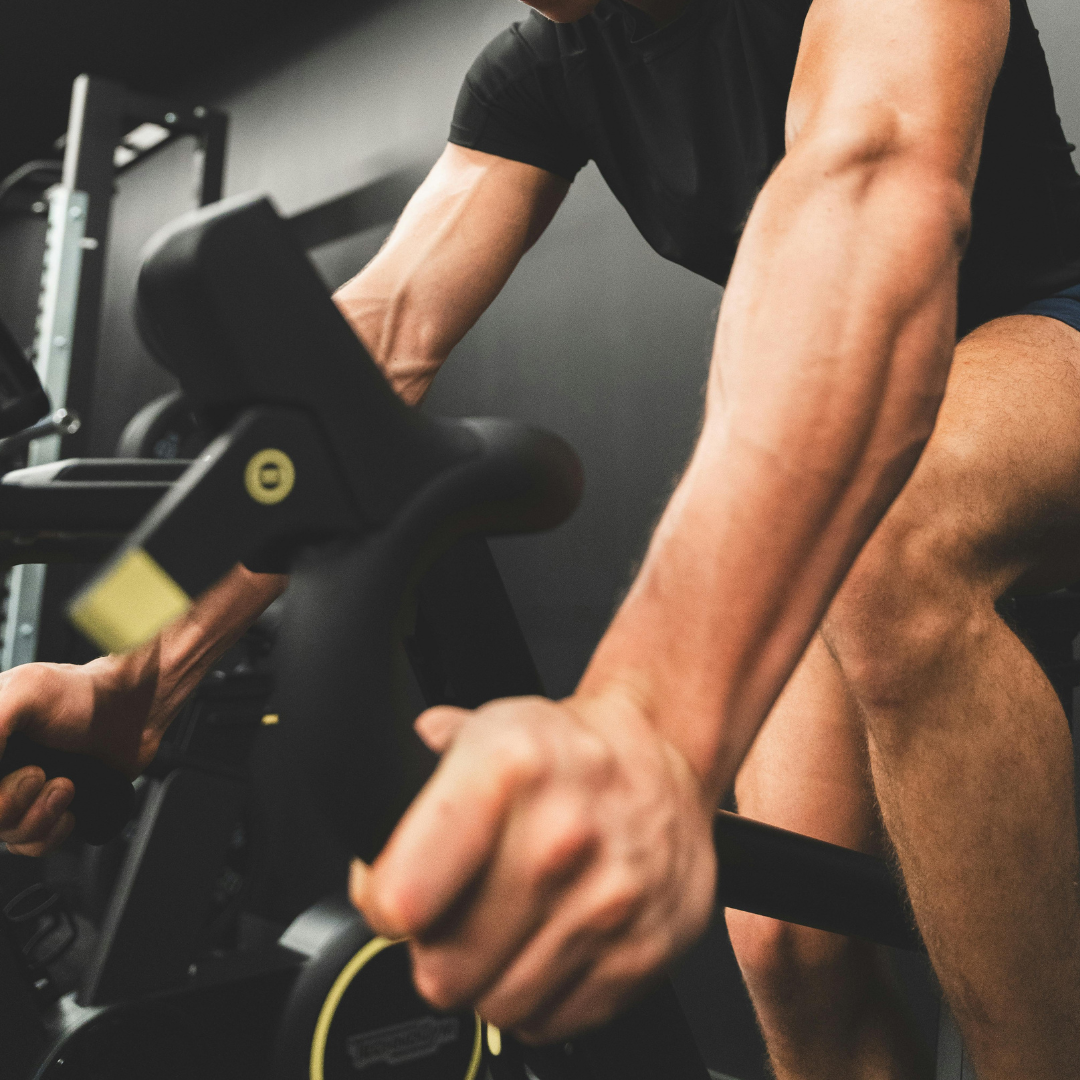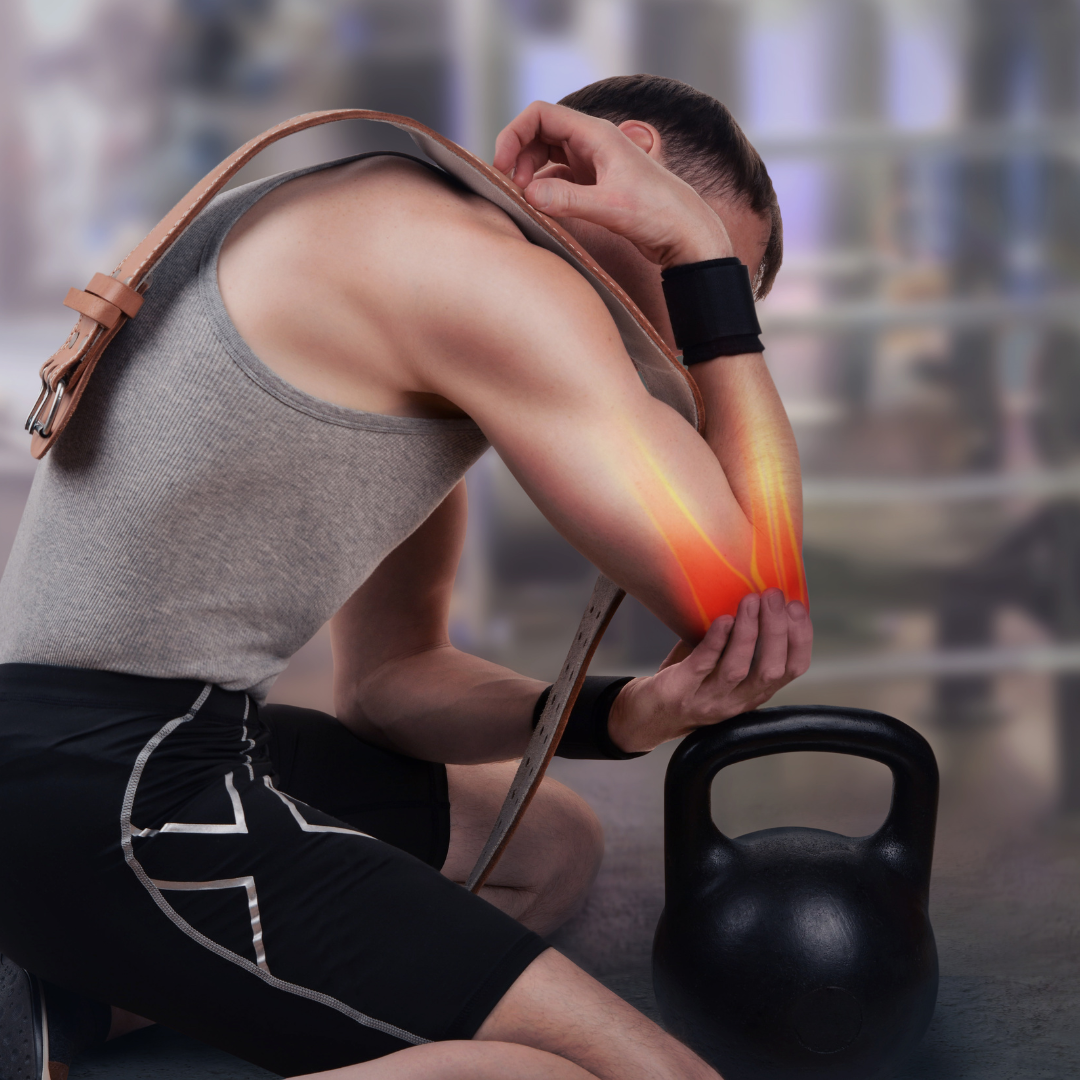Introduction
If you’ve ever felt a deep ache at the top of your shoulder after bench pressing or overhead pressing, you might be dealing with Weightlifter’s Shoulder — a common overuse injury among lifters and athletes.
This isn’t just normal soreness. It’s a specific condition called distal clavicle osteolysis (DCO) — micro-damage and inflammation where the collarbone (clavicle) meets the acromion (AC joint).
The good news? It’s reversible with smart recovery, exercise modification, and mobility work. Let’s break it down.
1. What Is Weightlifter’s Shoulder?
Weightlifter’s Shoulder occurs when the distal end of the clavicle (the outer tip of your collarbone) starts to break down from repetitive stress.
It’s most common in athletes who perform heavy bench press, push-ups, dips, or overhead lifts, where the AC joint absorbs repeated compression and traction.
Over time, this leads to:
-
Micro-fractures in the bone
-
Inflammation around the AC joint
-
Pain, tenderness, and sometimes bone erosion
2. Common Symptoms of Weightlifter’s Shoulder
You might suspect DCO if you experience:
| Symptom | Description |
|---|---|
| Localized pain | Sharp or dull ache on top of the shoulder (AC joint) |
| Pain with pressing | Increases during bench press, dips, or overhead lifts |
| Pain at rest | Aching sensation after training or during sleep |
| Tenderness to touch | Sensitive at the tip of the collarbone |
| Reduced pressing strength | Discomfort limits pushing movements |
| Clicking or grinding | Felt when lifting or reaching across your body |
If left unchecked, inflammation can lead to visible swelling or a bump over the AC joint.
3. What Causes It?
Weightlifter’s Shoulder is typically an overuse and recovery imbalance, not a single traumatic injury.
Main culprits:
-
Repetitive stress on the AC joint — especially from flat or incline bench pressing.
-
Lack of mobility in the thoracic spine or shoulder blades (scapula).
-
Muscle imbalances — overdeveloped chest, underactive upper back.
-
Training volume spikes — increasing pressing frequency or load too quickly.
-
Poor bar path or grip width — placing excess shear stress on the AC joint.
4. Diagnosis & When to See a Professional
If symptoms persist beyond a few weeks, it’s worth visiting a sports medicine physician or physical therapist.
They may confirm the diagnosis through:
-
Physical exam (AC joint tenderness test)
-
X-ray showing distal clavicle changes
-
Ultrasound or MRI to rule out rotator cuff involvement
5. How to Treat Weightlifter’s Shoulder
1️⃣ Rest & Activity Modification
Stop or reduce the movements that cause pain — especially heavy bench press, dips, and military press.
Use neutral-grip dumbbells or floor presses as pain-free alternatives.
2️⃣ Anti-inflammatory Support
Ice the joint (10–15 minutes post-training), use anti-inflammatory foods (omega-3s, turmeric), and rest adequately.
3️⃣ Strengthen the Supporting Muscles
Focus on exercises that build shoulder stability and posterior chain strength:
-
Face Pulls
-
Scapular Wall Slides
-
Band Pull-Apart Series
-
External Rotations
-
Y-T-W Raises
4️⃣ Improve Shoulder Mobility
Tight pecs and poor posture add stress to the AC joint.
Incorporate:
-
Thoracic extensions over foam roller
-
Pec stretches (doorway or banded)
-
Scapular retraction drills
5️⃣ Gradual Return to Pressing
Once pain subsides:
-
Start with push-ups or incline dumbbell press
-
Progress to flat dumbbell press
-
Reintroduce barbell bench slowly, keeping elbows at 45°
Recovery time varies — mild cases improve in 4–6 weeks, while chronic ones may take 2–3 months.
6. How to Prevent It Long-Term
-
Warm up shoulders with band work before pressing.
-
Train pulling movements at least as much as pressing.
-
Avoid ego lifting — increase volume progressively.
-
Maintain upper back and rotator cuff strength year-round.
7. Key Takeaways
-
Weightlifter’s Shoulder = irritation of the AC joint from repetitive load.
-
Symptoms: top-of-shoulder pain, tenderness, and pressing weakness.
-
Rest, mobility, and smarter training fix it — surgery is rarely needed.
-
Prevention = balance your push/pull training and keep scapular stability strong.
References
-
Cahill BR et al., Distal Clavicle Osteolysis in Weightlifters, Am J Sports Med, 1990.
-
Wilk KE et al., Shoulder Injuries in Strength Athletes, J Orthop Sports Phys Ther, 2016.
-
NSCA & ACSM Guidelines on Shoulder Health and Resistance Training.
-
NIH / PubMed reviews on AC joint stress injuries.
Read more

Does cardio destroy muscle gains? Learn how different types of cardio affect strength and hypertrophy—and how to combine cardio and lifting without losing size.

Learn the symptoms, causes, and treatment of tennis elbow and golfer’s elbow. Discover how to reduce pain, strengthen the tendons, and prevent flare-ups with science-backed strategies.

